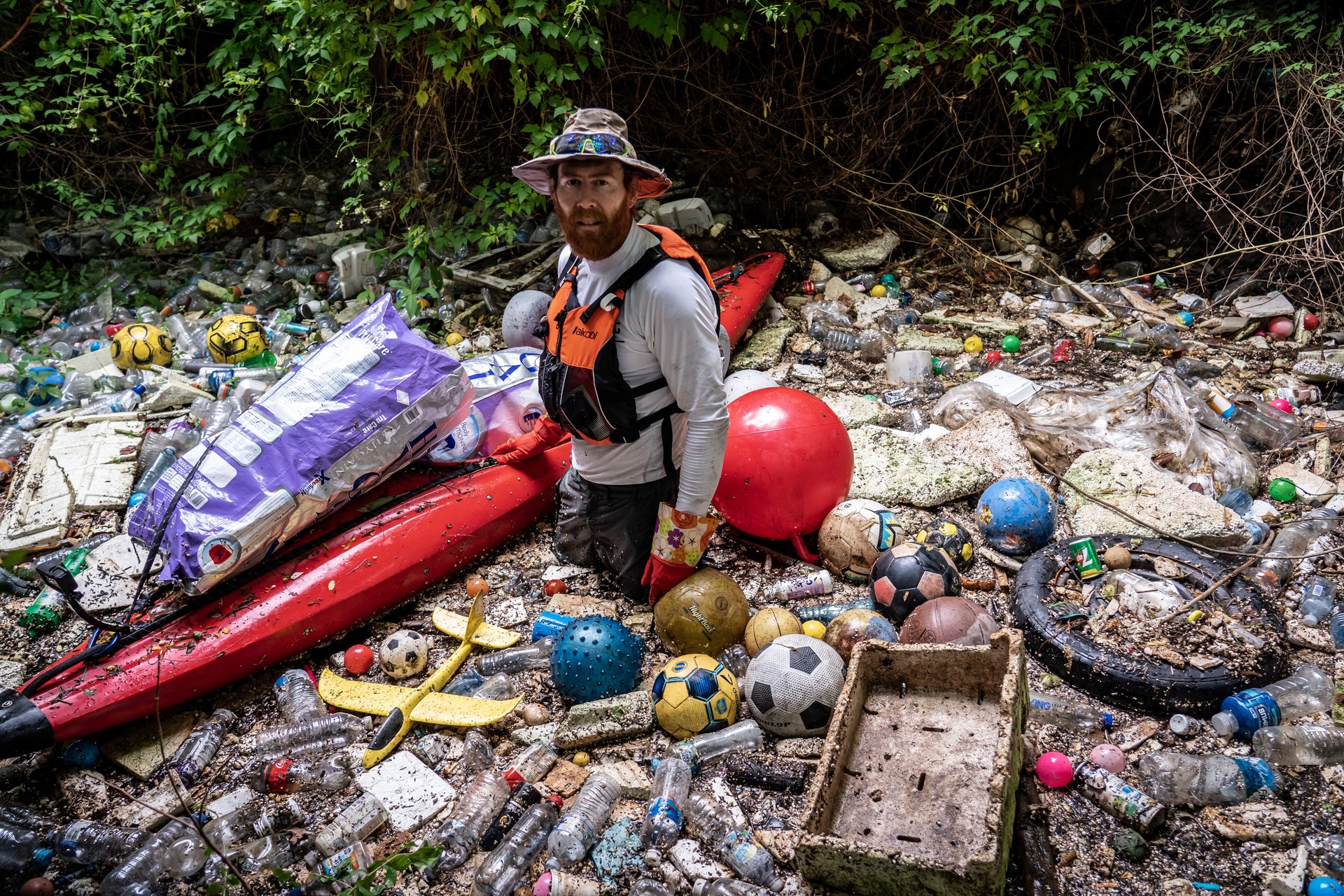When you’re a kid, the world exists without history or contrast. A river or creek becomes by definition whatever flows through the lowground. A tree is whatever you see growing next to the house and the entire landscape of living and inanimate objects in the city or town or farm where you play is simply what it is. Which is to say, it always was.
At least, it was for me. My world of green paddocks and fat gum trees and a tip down the road where everything and anything was dumped, and found, was a timeless space. I knew about dinosaurs and pyramids and that once-upon-a-time people used carts instead of cars, but such scenes were as real as characters from Middle-earth. The world of make-believe and history was much the same, animated by the wonder of our mind. Social scientists call this Ecological Blueprint Syndrome, whereby we take on the world as a young human in such a way that makes everything seem like it’s always been the way we find it. A normal that has no past, or future. Time is never of the essence as a kid because there seems to be so much of it.
An environmental status quo animated through childhood is hard to shake as an adult. I held onto the belief that the river I grew up on was in rude health until one day as a 36-year-old I decided to spend time with it again. Armed with a bucketful of optimism, which I’m well aware is my lucky default, yet with a suspicious and critical edge brought on by adulthood, I set off with too little time, not enough bananas, and in need of more clothes. Within an hour of getting wet the river that’s riffled through my entire life ceased to be what it always was. I spent three full days following it all the way to the sea, trying not to be pissed off. I discovered two things; the river was sick, and that adult knowledge systems need serious questioning… and to do so, you need to go back to being a kid again.
Revisiting my boyhood river changed me. Although in fairness, it emerged from a flagrant spreading of myself across the globe in my 20s, leading me to question where I go in my 30s, how I travel to such places, and what I see when I get there. A fundamental shift in my worldview took hold, a realisation that I can dictate what I see from the same scene. Or, even more powerfully, what I can see from scenes that aren't supposed to give us anything.
Instead of searching out the wild and the pristine, so-called ordinary, unpleasant, and infamous places became attractive to me almost overnight. Bad River was born. An idea that would see me immerse myself in the most polluted or at-risk waterways in Australia. To make each experience different, I sought out the most polluted, deadest, oldest and biggest. This is episode one: kayaking the sickest urban river in Australia.
It turns out, one of the earliest, if not the first, freshwater source for the new British Colony when they landed in Australia in 1769, is now the sickest urban river in the country. This makes sense, but perhaps makes it doubly tragic. In my little red kayak I decided to trace all 23km of the ancient river, reminding myself of the local saying, “If you fall in, you’ll dissolve”.
You can find more of Beau’s work here.



























































Beau is a YouTuber, outdoor type, maker of things, and a lover of licorice. He just released his oddball book The Backyard Adventurer.